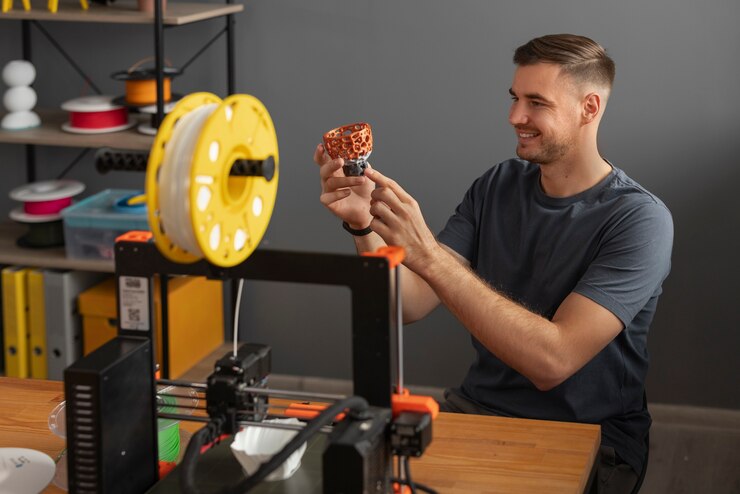In the realm of modern construction and industrial manufacturing, the shutter making machine has emerged as a pivotal innovation, revolutionizing the way shutter doors are produced. These machines are engineered to deliver high precision, efficiency, and consistency, catering to the growing demand for durable and reliable shutter doors across various sectors.
What is a Shutter Making Machine?
A shutter making machine, often referred to as a “shutter door roll forming machine,” is specialized equipment designed to fabricate shutter doors used in commercial, industrial, and residential settings. These machines streamline the production process by automating the shaping and assembly of metal sheets into complete shutter doors, significantly reducing manual labor and production time.
Key Features of Shutter Door Roll Forming Machines
- High Precision and Efficiency: These machines are equipped with advanced control systems and precision components that ensure each shutter door is produced to exact specifications. This high level of accuracy minimizes material waste and enhances the overall quality of the final product.
- Automated Operation: Modern shutter door roll forming machines come with computerized control systems that allow for automated operation. This not only speeds up the manufacturing process but also reduces the potential for human error, ensuring consistent production quality.
- Versatility: These machines can be customized to produce a variety of shutter door designs and sizes. They can handle different types of materials, including galvanized steel, aluminum, and other metals, providing flexibility to meet diverse market needs.
- Durability and Low Maintenance: Built with robust materials and cutting-edge technology, shutter making machines are designed for long-term use with minimal maintenance. This durability ensures continuous production with fewer downtimes.
The Production Process
The production process of a shutter door using a shutter door roll forming machine involves several key stages:
- Material Feeding: Metal coils are fed into the machine. The material is uncoiled and prepared for forming.
- Roll Forming: The metal sheet passes through a series of rollers that gradually shape it into the desired profile. This step is crucial as it defines the structural integrity and design of the shutter door.
- Cutting: Once the metal sheet is formed into the correct profile, it is cut to the required length by an integrated cutting mechanism, ensuring precision and reducing material wastage.
- Assembly: The formed and cut sections are then assembled into complete shutter doors. This may involve additional processes such as perforation, reinforcement, and finishing.
Applications of Shutter Doors
Shutter doors produced by these machines are widely used across various sectors due to their strength, security, and ease of use. Common applications include:
- Commercial Establishments: Shopfronts and retail stores often use shutter doors for security and protection against theft and vandalism.
- Industrial Facilities: Warehouses and factories utilize robust shutter doors to safeguard valuable equipment and goods.
- Residential Properties: Homeowners install shutter doors for garages and exterior storage spaces to enhance security.
Conclusion
The shutter making machine, particularly the shutter door roll forming machine, has transformed the manufacturing landscape by offering a blend of efficiency, precision, and versatility. As technology continues to advance, these machines are expected to become even more sophisticated, further optimizing production processes and expanding the range of applications. For industries and businesses looking to enhance their security infrastructure with high-quality shutter doors, investing in a state-of-the-art shutter making machine is a strategic move towards innovation and efficiency.




